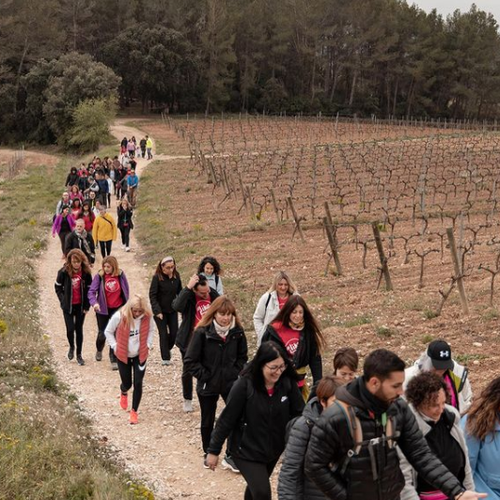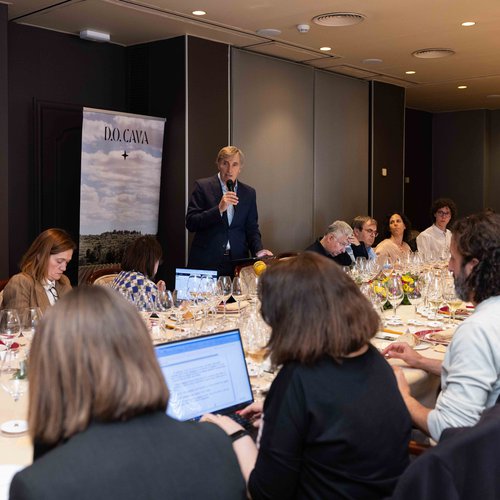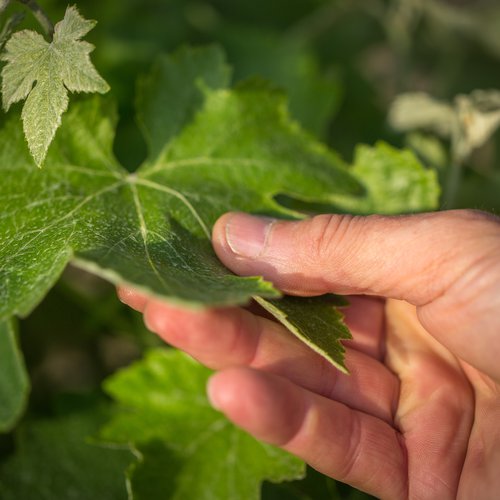The essence of Cava uncovered and other great sparkling wines of the world
When you’re in the mood for something special, bubbles always add a more glamorous touch. Sparkling wine can undoubtedly win over the most demanding palates, but how can you find the style that best suits your tastes? We highlight some of the keys to discovering your favourite fizz.
With almost two centuries of history, Cava is today the second-most produced sparkling wine in the world, after French Champagne and before Italian and German sparkling wines.
In addition to Europe's leading sparkling wine producers, a wide range of options exists that the true bubbly aficionado should be aware of. The difference is marked by the method of elaboration used, which provides bubbles of different sizes and levels of integration, as well as by the grape varieties, climate and soil.
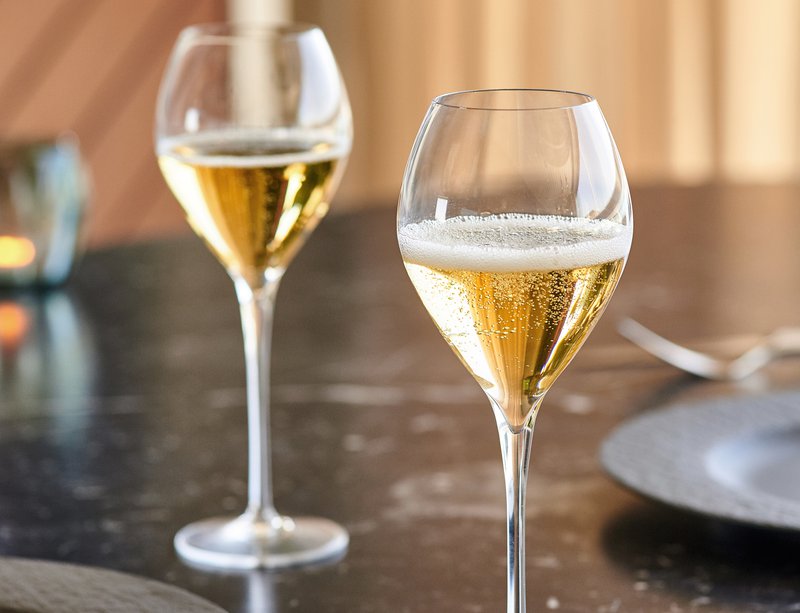
How many types of sparkling wine are there?
Sparkling wines are characterised by the fact that they contain carbon dioxide gas. Based on the process by which the bubbles are obtained, sparkling wines are divided into two main groups: natural and carbonated.
Aerated sparkling wines are made by injecting carbon dioxide into still wine, resulting in a lower-quality product. On the other hand, to produce natural sparkling wines, the bubbles are extracted from the wine itself using more complex methods. There are various procedures, the most common of which are these.
Traditional Method
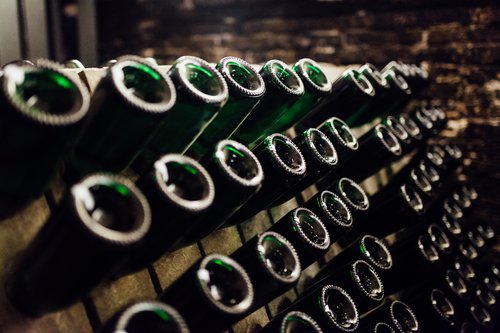
The so-called Traditional Method is the most elaborate and costly process of all. Its main characteristic is that the bubbles are created naturally through a second fermentation which takes place in the same bottle that will reach the consumer.
So how do the bubbles appear? The first step is for the must obtained from the grapes to ferment and become a base wine. Once the base wines have been made, they are bottled together with the liqueur de tirage, a mixture of yeast and sugar that will promote a second fermentation in the bottle.
Subsequently, the wine is aged for a period of time during which it has constant contact with the yeasts or lees, contributing to its aromatic complexity and creaminess.
As the months go by, the resulting wine becomes dry, since the yeasts consume the added sugar. At first the remains of the dead yeasts settle at the bottom of the (horizontal) bottle, and later, thanks to regular riddling, are concentrated in the neck of the bottle. These sediments are then removed by hand or by machine (disgorgement). To replace the liquid lost during this process, the producer adds licor de expedición, whose sugar content determines the type of sparkling wine produced (from brut nature, 0-3g/l, to dulce, with 50g/l).
Transfer method
In this method, the second fermentation also takes place in the bottle, but the difference is that the wine will not be marketed in that same bottle. Once the second fermentation is finished, the bottles are emptied into a pressurised tank to remove the sediment and add the expedition liqueur. This reduces the contact time of the wine with the lees, resulting in less complex sparkling wines. Subsequently, it is bottled in a different receptacle.
Granvas or Charmat method
The second fermentation takes place in stainless steel tanks in this method. The liqueur de tirage is added directly to the pressurised tank and, once fermentation is complete, the wine is bottled under pressure. This method is suitable for producing large volumes and short-aged sparkling wines. The resulting wine is fruitier and less complex, with a reduced presence of aromas derived from ageing. The bubbles have a different consistency, as they are created at a higher speed in a larger container, but this method can achieve good results as long as quality base wines are used.
Pétillant-Naturel, or rural method
Considered the forerunner of the traditional method, Pétillant Naturel (Pét-Nat) originated in France and is a term that natural sparkling wines produced using the oldest method of all, known as the Ancestral Method. This differs from the previous ones in that it has a single fermentation that is carried out in two phases: it starts in the tank and ends in the bottle. Today, Pét-Nat wines are made using this ancestral method, with several possible variants depending on the winemaker. Ancestral wines have captivated consumers with their freshness and personality. In general, they are minimal intervention wines that are not filtered and to which no sulphites or sugar are added.
Types of sparkling wines from around the world
Now that we know the different winemaking techniques, we will decipher the secrets of some of the world's best-known sparkling wines.
Spain
Cava
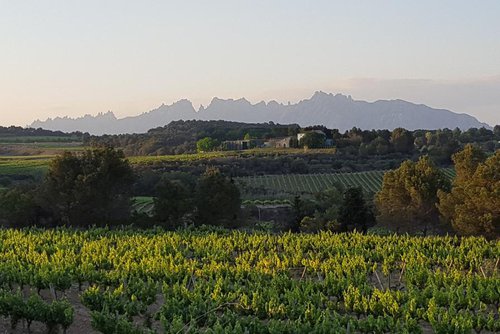
Cava is produced in areas and sub-areas spread around various regions of the Iberian Peninsula, although most of the production is concentrated in the Comtats de Barcelona wine-growing area in Penedès, most significantly the town of Sant Sadurní d'Anoia and the surrounding region.
There are four different areas in the production of Cava. Traditionally, three autochthonous grape varieties have been used: Xarel-lo, Macabeo and Parellada. However, there is also a wide range of authorised varieties. The planting density is between 1,500 and 3,000 vines per hectare, with yields of 8,000 kg/ha for Guarda Superior Paraje Calificado, 10,000 kg/ha for Guarda Superior Reserva/Gran Reserva and 12,000 kg/ha for Cava de Guarda. In Penedès, the soils are deep, poor in organic matter and not very fertile. However the Mediterranean climate promotes optimal ripening of the grapes, ideal for making dry sparkling wines (without added sugar) and with great balance.
The versatility of Cava is one of its most appreciated characteristics, thanks to the diversity of ageing and styles. Cava producers achieve excellent results through a careful production method that integrates aromas of nuts, toast, pastries and caramel, which intensify as the Cava is aged.
France
Champagne
This is made using the champenoise or traditional method in the Champagne region of north-eastern France, where the climate is cold and extreme, making it difficult for the grapes to ripen. For this reason, chaptalisation (adding sugar to the must) is an authorised practice. The planting density is high, between 8,000 and 10,000 vines per hectare, with a yield of 15,500kg/ha. Champagne's calcareous subsoils are characterised by good drainage, and boost the characteristic minerality of its sparkling wines. The three predominant varieties for its production are: Chardonnay, Pinot Noir and Meunier. The ageing process is carried out with the wine in close contact with its smooth lees, highlighting the ageing aromas such as toasted almonds, brioche and pastries. This wine offers fine and persistent bubbles, although prices are high. You can find more information about Champagne here.
Crémant
This is made by the same method as Champagne, but outside the Champagne wine region. The growing popularity of Crémant is due to its wide diversity: being produced in a number of regions within France, each with different varieties and its own microclimate, means it comes in a great variety of styles. The best known are Crémant d'Alsace, Crémant de Bourgogne, Crémant de Limoux and Crémant de Loire. Regional rules vary, but all Crémant wines must be produced from hand-picked grapes and aged for a minimum of nine months in the bottle.
Other
The Loire Valley is home to a large production of sparkling wines. In addition to Crémant[FW1] , the sparkling wines of Saumur Mousseux AOC (made with Chenin Blanc, Chardonnay and Cabernet Franc) stand out for their great acidity, thanks to the limestone soil. Other areas include Vouvray AOC (Chenin Blanc) and Anjou Mousseaux AOP (Chenin Blanc and Cabernet Franc).
Italy
Prosecco
Most of the Prosecco on the market is produced using the Charmat method. The production area covers nine provinces located in the Veneto region of north-west Italy. The climate is classified as warm and temperate, and the region is composed of different types of soils, generally a mixture of limestone, clay, loam and sandstone. The white grape variety used is Glera, with a density of around 4,000 vines per hectare. It is perfect for making sparkling wines because of its late ripening, very high acidity and neutral palate. The style of Prosecco is more casual and stands out for its primary aromas of apple, pear and apricot. You can find more information about Prosecco here.
Other
In Franciacorta and Trento DOC in northern Italy, sparkling wines are made using the Traditional [FW2] Method with long ageing (look for the word "Riserva" on the label for more complexity). They are mostly made from French grapes such as Pinot Noir and Chardonnay.
Lambrusco is produced mainly in the regions of Emilia-Romagna and Lombardy. It can be either Spumante (sparkling) or Frizzante (semi-sparkling) and is made using the Charmat method. Lambrusco is also a type of red grape native to Italy. The style of wine can change depending on the type of Lambrusco: from rosés with delicate colours and little tannin, to red wines with dark, intense colours and full body.
The so-called Asti Spumante is made from the Moscato grape variety (also known as Muscat Blanc) and is one of the sweetest sparkling wines in Italy. It has a highly perfumed nose. The most common method used in its production is called Asti, based on the Ancestral, or Pét-nat, Method.
Germany
Sekt
Most German sparkling wines are produced using the Charmat method. Producers may import base wines from other countries to produce Sekt. Those labelled Deutscher Sekt indicate that they are made exclusively from German grape varieties, the most interesting being those made with Riesling. Germany enjoys the cold climate that is characteristic of northern Europe; even before climate change, viticulture was possible thanks to warm air currents from the Gulf Stream. In general, this region enjoys moderately mild summers and a long ripening period, which allows the grapes to ripen while retaining their characteristic acidity.
Other sparkling wines from around the world
A complete tour around the world of sparkling wines will take you from Australia to England.
In South Africa, sparkling wines are produced using the méthode champenoise, known as Cap Classique, and are mostly made from Chardonnay and Pinot Noir, although Chenin Blanc is also used. Australia offers everything from very pale whites made using the Charmat Method, to sparkling reds made from Shiraz, Merlot and Cabernet Sauvignon. Some French Champagne houses settled on the California coast in the United States, combining their expertise in making sparkling wines using the méthode champenoise with the unique Californian soils. On the other hand, climate change has benefited wine production in the UK, where the warmer temperatures have led to a boom in sparkling wines. Most are made using the traditional method with grapes grown in the east and south of England, the optimal area for climate and soils. The most commonly used varieties are Chardonnay, Pinot Noir and Pinot Meunier, but Bacchus and Seyval Blanc are also grown.
We can also find very interesting sparkling wines in several other countries: Canada, Argentina, Brazil, Uruguay, Chile, Hungary, Latvia and Portugal.
The identity of Cava
All sparkling wines share the coveted bubbles in common, but few offer as much diversity as Cava. The international success of Cava is largely due to its Mediterranean character and the personality of the indigenous grape varieties used, offering medium acidity and fruity aromas. Credit is also due to the winegrowers and their in-depth knowledge of soils, and winemakers with a long tradition, which give Cava a unique and unequalled value.
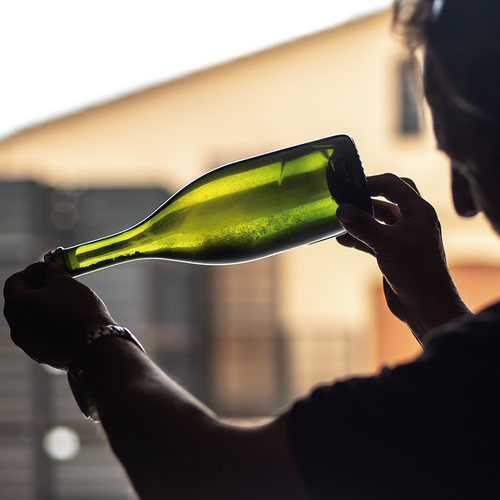
With an infinite number of options available, Cava is a perfect accompaniment from an outdoor gathering to an informal aperitif, and of course the art of the cocktail. Whatever the occasion, there is a type and category of Cava for you. A symbol of tradition and an example of natural balance, the quality of Cava easily distinguishes it from other more industrialised sparkling wines. Cava offers freshness, intensity and complexity in different price ranges, with abundant, integrated bubbles.
The Cava Regulatory Council has been modifying the regulations to respond to an increasingly demanding market that values quality and tradition, while at the same time focusing on sustainability. Increasing amounts of Cava are the result of organic or biodynamic viticulture. In fact, from 2025 onwards, all Cavas de Guarda Superior will be produced organically. In recent years, the amount of premium category Cava has increased considerably and, in order to value the territory even more highly, it has been divided into zones and sub-zones.
In addition to a firm commitment to the land, the 340-plus producers of Cava and base wine always have a firm focus on quality. While the diversity of sparkling wines is infinite, the recognition and renown achieved by a national brand such as Cava makes us all proud.
[FW1]This is spelled Crémat in the original, I think it should be Crémant
[FW2]I assume the Classical Method is the same as the Traditional Method?
